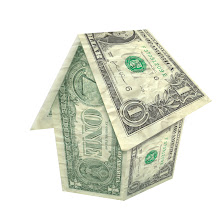I have decided that I would like to break down what qualifes you and what doesn't for each of these components.
Option Number 1: Loan Modification
Qualify
- Have payments of more than 31% of pretax monthly income and can prove hardship.
- Occupy a single-family home
- Can prove the home is a primary residence
- Have an unpaid principal balance of $729,750**
- Make all modified payments over a trial period of three months or more.
Don't Qualify
- Aren't about to default.
- Investor with a home that isn't owner-occupied.
- Have a home that is vacant or condemned.
- Have an unpaid principal balance of more than $729,750.**
- Have a mortgage packaged into securities whose rules explicitly forbid modification.
- Have loan officers who can't be reached or are unwilling to consider modification.
Option Number 2: Loan Refinancing Plan
Qualify
- Have loans owned or guaranteed by Fannie Mae or Freddie Mac.
- Are current on mortgage payments.
- Can prove the ability to afford the new mortgage.
- Mortgage balance of no more than 105% of the current estimated home value.
Don't Qualify
- Have loans owned or guranteed by a company other than Fannie Mae or Freddie Mac.
- Have been more than 30 days late on a payment during the previous 12 months.
- Can't afford the new mortgage debt.
- Home value has fallen so far that the loan is more than 105% of the home's worth.
**For a first lien on s one-unit home


